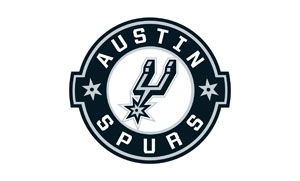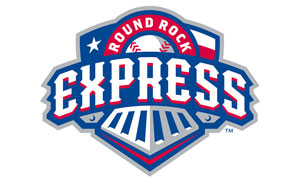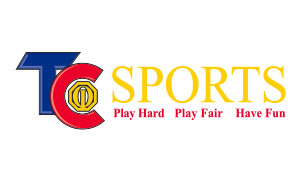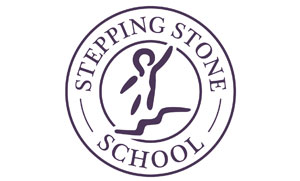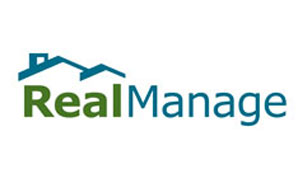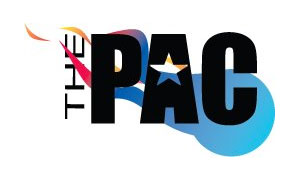DIY Concrete Might Seem Like a Good Idea—Until It’s Not
We get it. You want to save money. Who wouldn’t? Concrete is one of the biggest costs in building a backyard court, and it’s tempting to cut corners by handling the pour yourself, hiring a general contractor, or trusting that one friend who “knows a guy” who can do it for cheap.
But here’s the thing—pouring a slab for a sports court isn’t the same as pouring a driveway or patio. If the surface isn’t done right, your court won’t play right. It might not even be usable.
We’re not saying this to scare you. We’ve just seen too many people end up spending more to fix their court than they would have if they’d just worked with us from the start.
Take shortcuts
When DIY Goes Wrong: A Real Example
A homeowner in West Point, Texas, recently called us. He had a 30′ x 60′ concrete slab but it wasn’t what he had hoped.
How bad was it?
- If you placed a basketball at one end, it would roll off the court on its own.
- The slope made pickleball, basketball, or any kind of play impossible.
- There was zero water drainage planning, meaning puddles would form every time it rained.
He’d hired a general concrete contractor who had experience in driveways, but not backyard game courts. Or maybe he had a buddy who swore he knew what he was doing. Either way, the result was the same—a slab that had to be completely reworked.
We came in, leveled the entire surface, corrected the slope, and gave him the playable court he actually wanted. But by then, he had already spent more money than if he had just let us handle it from the beginning.
Why the Surface Matters (More Than You Think)
You might think a slab is a slab, but when it comes to backyard game courts, the quality of the concrete affects how the game plays.
For heavier sports like basketball, an uneven surface might not seem like a deal-breaker. But you’ll sing a different tune when the ball is stolen by a rogue puddle.
For pickleball it is another story. The ball is light, and even a slight dip in the slab can completely change the way the ball reacts.
- If your surface isn’t perfectly level, the bounce will be unpredictable.
- Water pooling in low spots makes the court unplayable.
- Even with tile or acrylic, the foundation has to be near-perfect for optimal play.
We’ve had to patch countless courts where the concrete wasn’t done right—adding layers of resurfacing material just to correct preventable mistakes.
The foundation of your court is everything. And we’ve spent decades perfecting our process to get it right.
Can You Play on a Bad Slab? Sure. But Why Would You?
Look, we all grew up making do. We played basketball on driveways with cracks the size of the Grand Canyon and shot uphill 3 pointers barefoot in dirt fields pretending we were on professional courts.
And sure, you can play on a poorly poured concrete slab. But don’t we all want our kids to stand on your shoulders—not start where we started?
So, how much of a boost you want to give them.
Are We the Cheapest Option?
We’re upfront about this. Sometimes our concrete pricing is competitive, sometimes it’s not. But when you work with us, you get:
✔ Decades of Experience – We’ve been building courts since 1978.
✔ A Turnkey Process – We handle everything, from leveling to fencing.
✔ A Guarantee That It’s Done Right – No surprise fixes later.
We’re here to give you options, but we also want you to know the risks. Saving a few bucks up front might cost you more down the line.
Avoid the Headache—Get It Right the First Time
If you’re considering pouring your own concrete, ask yourself:
- Will your contractor (or your buddy’s guy) get the slope perfect for drainage and playability without dips?
- Have they built actual backyard game courts before?
- Are you okay with paying more later to fix it if something goes wrong?
If any of that gives you pause, let’s talk before you pour. We’d love to handle the whole project, but if you’re set on doing your own concrete, let’s still chat because we’re here to build what you want while giving the best advice we have.


